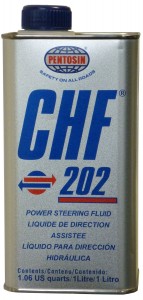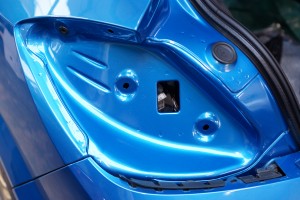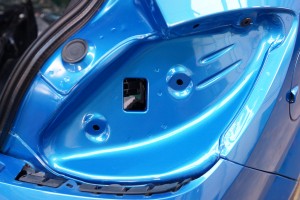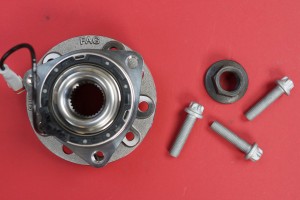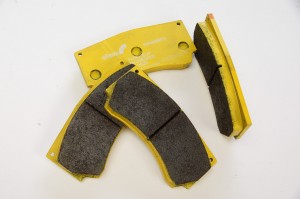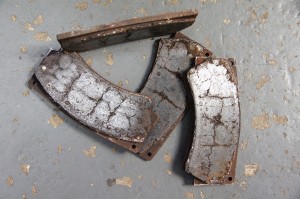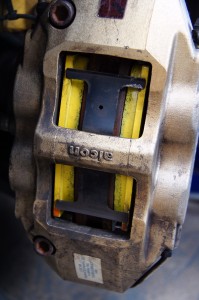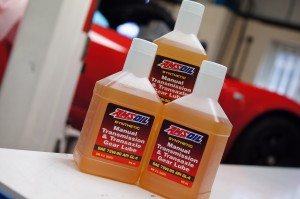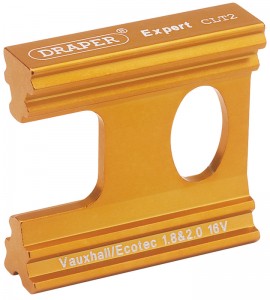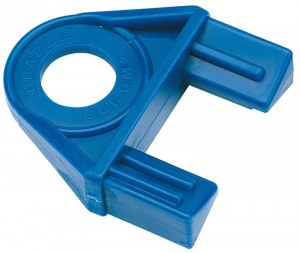Towards the end of last year, occasionally at start up the dials would drop out and then do their ‘VXR’ reset sweep and various dash lights would come on. Then once it had ‘reset’ itself everything was fine. Also from time to time the car would not turnover, not recognising the key, and so would not start. It didn’t cause any issues but was something that would need further investigation at some point.
That point has arrived with the instrument panel now resembling Blackpool Illuminations almost all of the time…..
Various dash lights illuminating either at random or all at once, rev counter dropping out and then carrying out the ‘VXR’ reset sweep and returning to normal opration, fuel gauge dropping to empty, headlights coming on with the headlight switch in the ‘off’ position, headlights coming on as expected when switch on but then failing to go off when the switch was turned off, rear lights coming on at random, indicators sometimes refusing to work……. Additionally sometimes the car would fail to start and the management light would flash, indicating an immobiliser problem which is part of the CIM module.
A quick check on Tech 2 listed many communication errors between all of the modules on the car (see post below for DTC’s) – CIM (Column Integrated Module), REC (Rear Electrical Centre), UEC (Underhood Electrical Centre), ABS/ESP (Anti-Lock Brake and Electronic Stability Module), and ISP (Instruments) which meant tracing the problem would be down to systematically checking the common error codes on TIS and working through and checking each module to eliminate them one by one.
Where to start?
Initial thoughts…. It was the CIM playing up, not uncommon on Astra H. While swapping one isn’t that difficult to do, it is quite involved so due to all the trouble codes it was worth checking the other modules first.
UEC: Water Ingress in the UEC can cause issues, but after unplugging and checking this was all ok, so the contacts were given a clean and grease to prevent any future problems.
REC: There were few DTC’s relating to lack of communication between the REC and UEC, REC and CIM and REC and ABS/ESP. The REC is easy to change as there are only 6 electrical plugs to remove and a single bolt holding it into the car. I had a spare REC to hand so it was worth trying it to eliminate it. The original REC was reset on Tech 2, battery disconnected and then removed and the replacement REC fitted. The replacement REC I had was from a later 2008 car but compatible as it was in the same ident range. The new REC was programmed on Tech 2, VIN entered and coded and all worked fine, however after some testing the same DTCs were present suggesting that the problem lay elsewhere.
CIM: As stated earlier the CIM units are known to cause issues, so having looked at the UEC and REC the next option was to try a replacement CIM module. The occasional loss of communication between key and CIM suggesting an immobiliser issue pointed strongly towards the CIM unit as well. Slightly more involved to replace unlike the REC and UEC as the airbag and steering wheel have to be removed to access the CIM and it needs resetting prior to removal and reprogramming again (using Tech2 or similar), but I had a spare second hand CIM to try so it was swapped onto the car, and after reprogramming all the troublesome DTCs had gone and the instruments appeared to be functioning normally.
A brand new CIM unit has been ordered (thankfully they are not too expensive at trade price!) and will be swapped over before the first track day.
Like this:
Like Loading...
